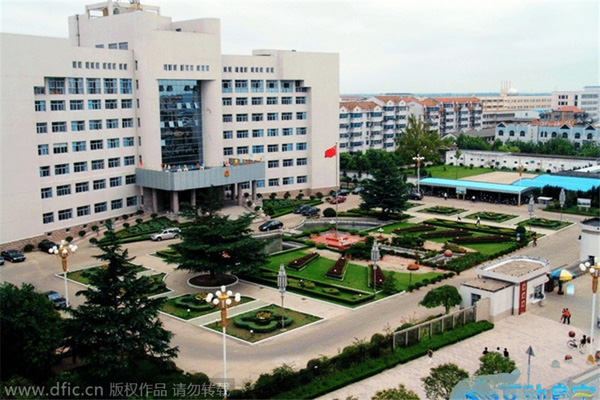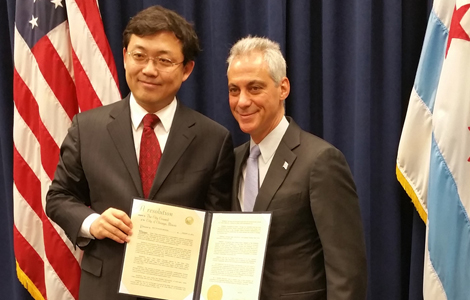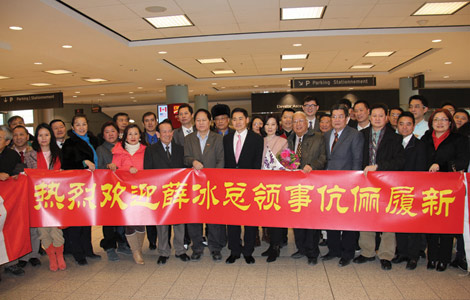Regulation forbids lavish buildings
Updated: 2015-01-31 03:21
By Xu Wei(China Daily)
|
||||||||
|
 |
|
An old government building in Funing county, Jiangsu province, Apr 7, 2011. The county has been reported to have several lavish buildings for government bodies. Although appearing impressive, the building has been abandoned. [Photo/IC] |
The central government has issued a regulation forbidding county authorities in poverty-stricken areas from building lavish office buildings, a senior official said on Friday.
The regulation, issued by the State Council Leading Group Office of Poverty Alleviation and Development, states that officials in poor counties should not build extravagant office buildings, Hong Tianyun, deputy director of the office, said at a news conference.
Hong said the regulation is aimed at promoting a high standard of behavior for officials in China's poor counties. It includes what they must do, what they are encouraged to do and what they are forbidden to do.
"It is also aimed at making sure officials in those counties devote more of their energy and finances to poverty relief efforts," he said.
China currently has 592 nationally designated poverty-stricken counties, more than half of which are in the country's western provincial areas.
The regulation also forbids officials in those counties from building lavish landmark buildings, image projects or scenic spots. Hosting extravagant celebrations, conventions or exhibitions is also not allowed.
Reports of poor counties building extravagant office buildings have made headlines in recent years.
China Central Television reported last year that Fangxian county in Hubei province spent more than 100 million yuan ($16 million), nearly one-fifth of the county's annual revenue, to build new county government offices.
The news outlet also reported that the Pengyang county government in the Ningxia Hui autonomous region spent nearly 100 million yuan, almost half its annual revenues, on its new office building.
Hong said one driver of the buildings is the overemphasis on GDP growth.
Evaluations of officials' performance have generally focused on regional GPD growth in the past. This, in turn, motivates the officials to devote more financial resources to urban construction projects, rather than poverty relief.
Most Viewed
Editor's Picks

|

|

|

|

|

|
Today's Top News
Head of China Minsheng Bank resigns
78% of China's luxury spending done overseas
Mexico suspends high-speed train project
Alibaba may face class-action suit
MH370 verdict reached
No change in Sino-US military ties
US law firms review Alibaba's fakes issue
US wants fair trade with China
US Weekly

|

|















